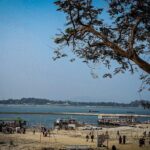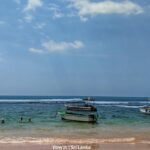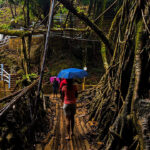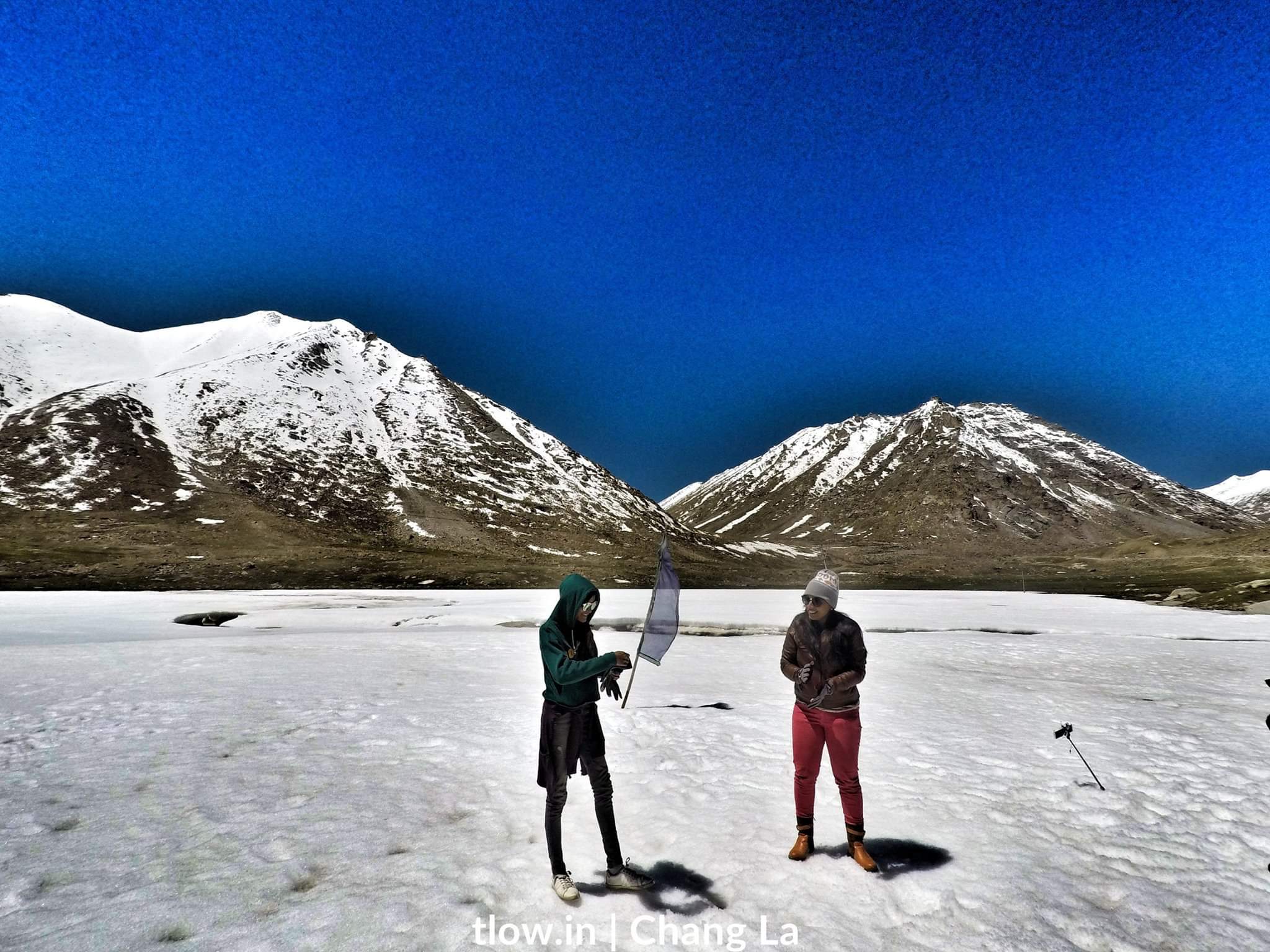
Snow Blindness: Every snow hiker should know this
Snow blindness is a painful, temporary loss of vision due to overexposure to the sun’s UV rays. The medical term for snow blindness is photokeratitis (“photo” = light; “keratitis” = inflammation of the cornea).
The terms “snow blind” and “snow blindness” have become popular because snow is highly reflective of ultra violent radiation. Skiing, mountain climbing and snowboarding usually take place at relatively high altitudes, where the sun’s UV rays are stronger. Combined, these factors can double your risk of getting sunburned eyes, compared with being outdoors at lower altitudes in the summertime.
Not only can you become snow blind with snow — it can happen without sunlight, too! Photokeratitis sometimes occurs from man-made sources of ultraviolet radiation, such as a welder’s torch. Though this type of injury usually is called a “flash burn” of the cornea, the mechanism of action and symptoms are very much the same as those of snow blindness.
Sun lamps and tanning booths also can cause photokeratitis and temporary “snow” blindness if proper eye protection is not used.
Symptoms of snow blindness
Eye pain
Burning eyes
Red eyes
A gritty feeling or sensation that something is “in” the eye
Sensitivity to light
Watery eyes
Blurry vision
Swollen eyes and eyelids
Vision loss from snow blindness is temporary and typically resolves in 24 to 48 hours. Though it doesn’t cause actual blindness, vision can be significantly impaired, making it unsafe to drive. Colour vision also may be affected temporarily while you are snow blind.
Causes of snow blindness
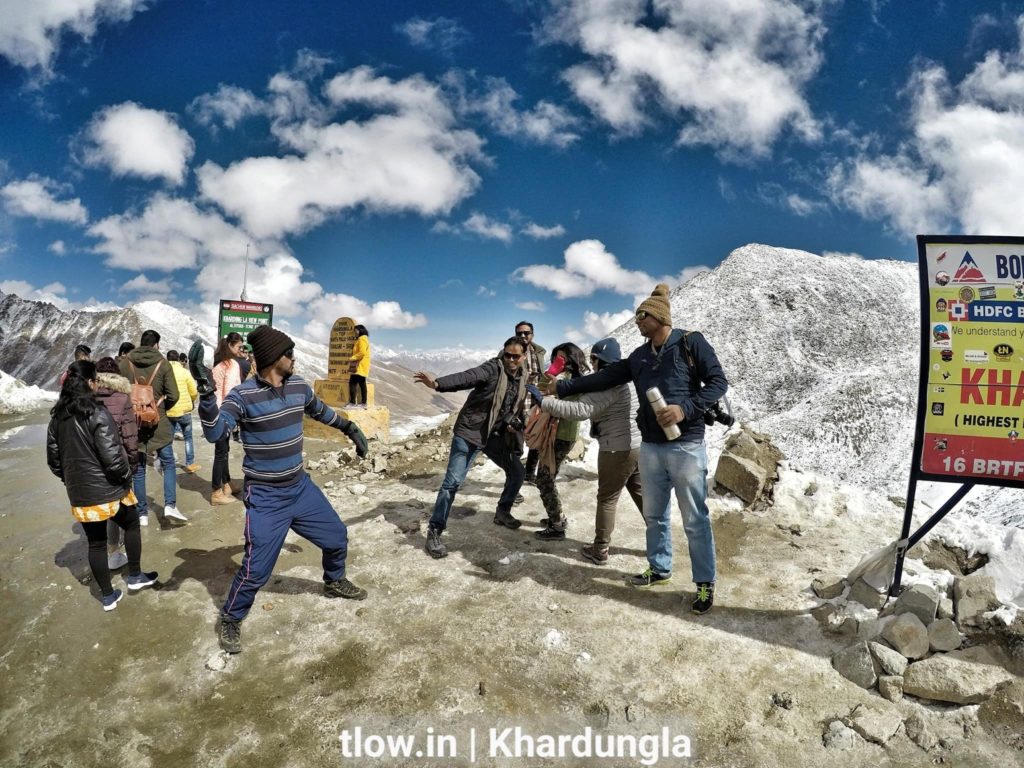
Any intense exposure to UV light can lead to photokeratitis or snow blindness. It can also occur due to using tanning beds without proper eyewear. Natural sources include bright sunlight reflected from snow or ice or, less commonly, from sea or sand. Fresh snow reflects about 80% of the UV radiation compared to a dry, sandy beach (15%) or seafoam (25%). This is especially a problem in the polar region and at high altitudes, as with every thousand feet.
Is snow blindness permanent?
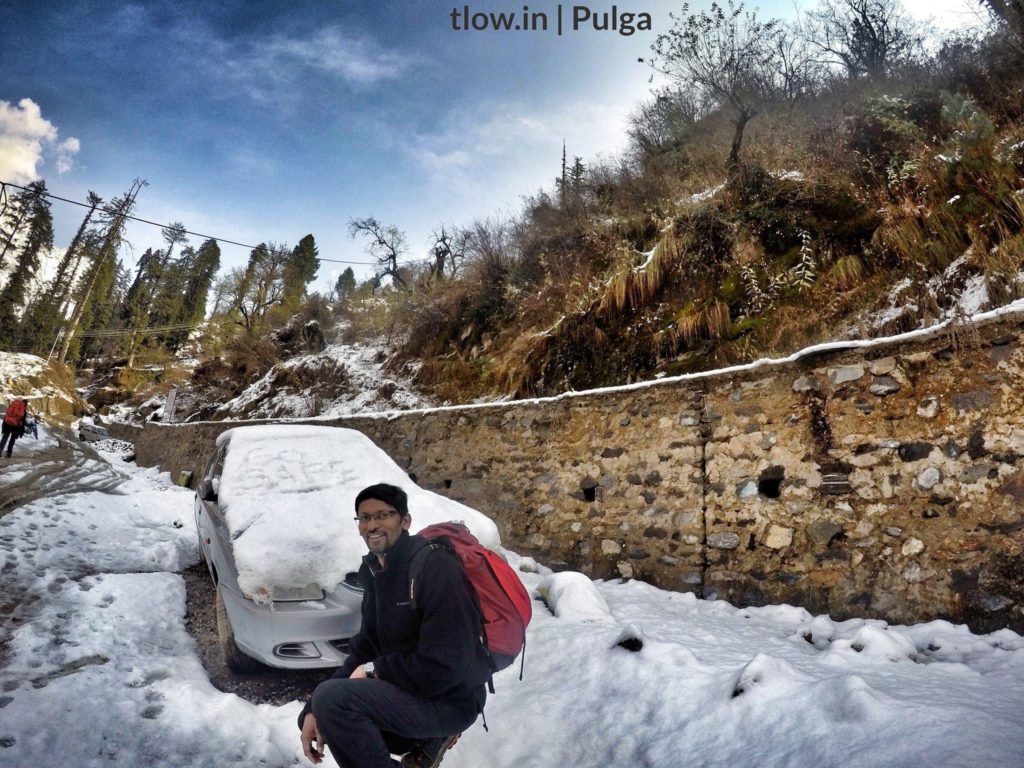
In most cases, it disappears when a person rests the eyes and remains indoors. However, in rare cases, prolonged exposure to the reflected light can lead to solar retinopathy, a disorder that may result in some permanent loss of vision.
How long does it take for snow blindness to go away?
Most often, the symptoms from photokeratitis go away on their own, if not right away usually within 24 to 48 hours. Mild photo-phobia can last for up to a week or so. However, if the pain or discomfort lasts or is severe, a visit to your eye doctor may help rule out anything more serious.
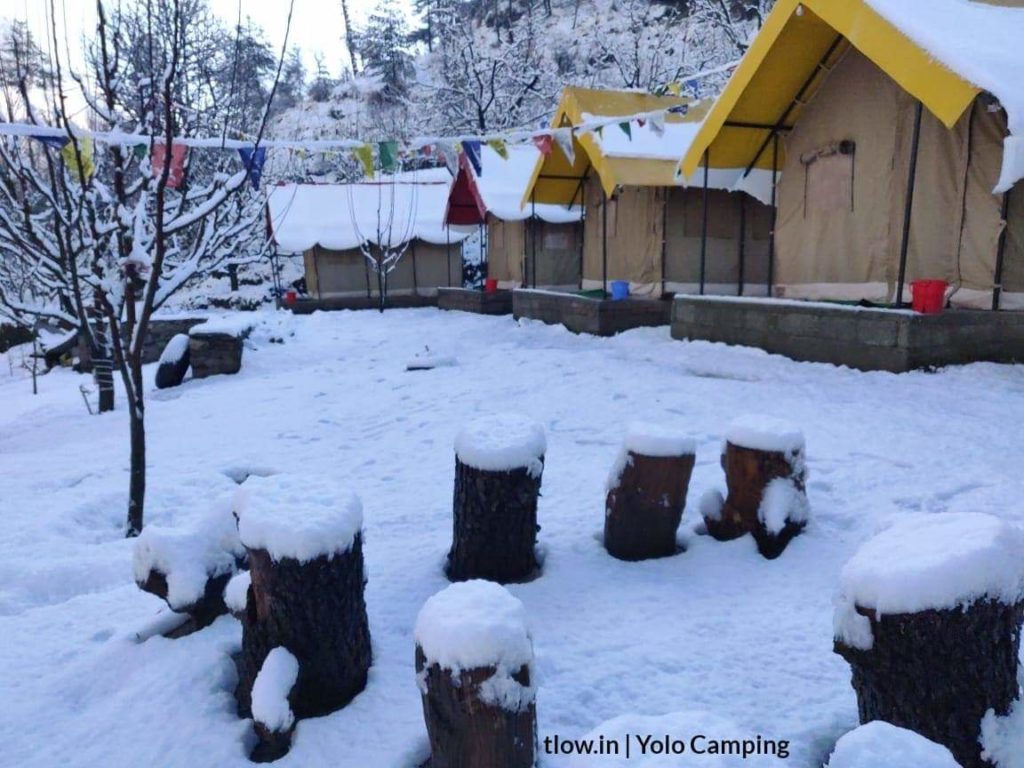
Prevention for Snow blindness
Photokeratitis can be prevented by using sunglasses or eye protection that transmits 5–10% of visible light and absorbs almost all UV rays. Additionally, these glasses should have large lenses and side shields to avoid incidental light exposure. Sunglasses should always be worn, even when the sky is overcast, as UV rays can pass through clouds.
In the event of missing sun glass lenses, emergency lenses can be made by cutting slits in dark fabric or tape folded back onto itself. Consult your nearest eye doctor if it’s more than 48 hours.
–>For a similar experience, >>Click here


